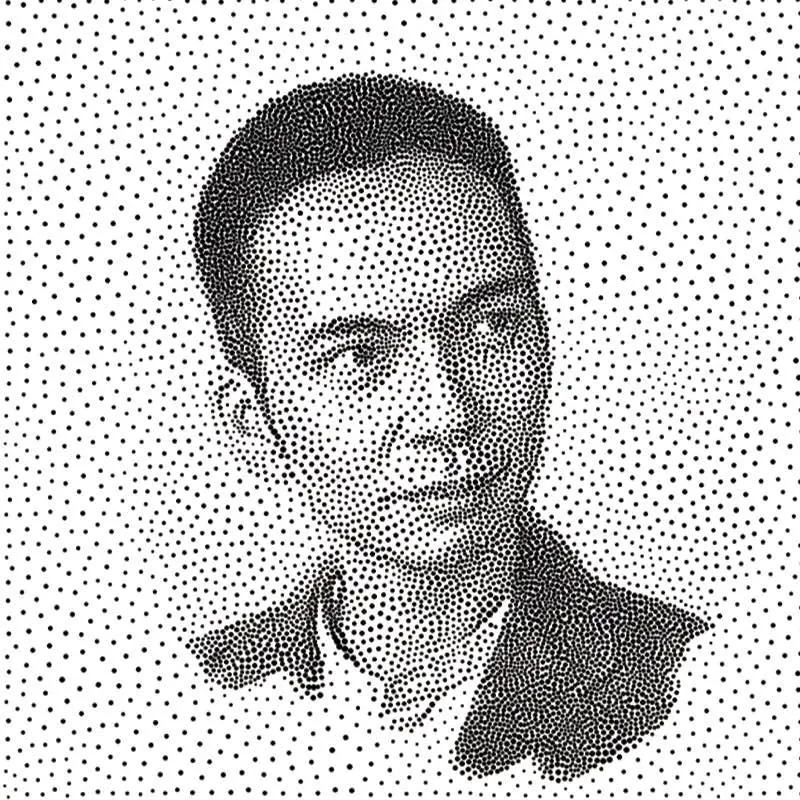Learn practical digital business concepts. Faster.
About The Useful MBA
The genesis of The Useful MBA™ is from way back in 2006 when I started my own MBA education journey. I found the particular range of topics that were made available to me as helpful — especially coming from a technology and design background, or what I like to call a "maker" tendency over a "talker" one.
Today I find there are more hybrid Maker/Talkers and Talker/Makers out there who are thriving in this new digital business era. But the "pure" Makers and "pure" Talkers seem to be getting left behind, and with their only remedy being to get an MBA or an MFA, and also an MS in Computer Science. That's all possible if you have the time and money to get to do so. But if you don't …
Backstory to "The Useful MBA"
So I was at a fancy lunch gathering in Silicon Valley while being the president of a university — and I was clueless to what everyone was talking about. I mean, I'm not a dumb-dumb given what I've done with my life thus far. But I definitely felt out of touch with the way that digital technology and the startup landscape was changing the planet. And I found that all the folks who were so much younger than me knew so much more than I did about how the world was changing.
My expertise about the past was still valuable, because the present is built upon what came before. Yet it wasn't useful enough for the speed at which change was happening in tech. Thus I began a journey that included escaping academia to work as a partner in venture capital, jumping deep into the world of "remote work" way before the pandemic, retraining as a software developer to build things in the cloud, redeveloping my notions about leadership on the World Economic Forum's leadership council, relearning everything I knew about design even though my work sits comfortably in the MoMA collection, and rebooting my hands-on knowledge of artificial intelligence from MIT in the pioneering 80s as recast in the age of machine learning in the disruptive right here and now.
I've taken everything I've learned in my life from the technology industry as a practitioner, executive, and board member, combined with my past life as a professor at MIT and president of RISD. And the net result is "The Useful MBA" — which is everything useful that I know combined with everything (seemingly) useless that I know from my knowledge of how things were, and to how they are now.
Update: I never got this going as I got a little busy with AI. I plan to eventually come back to this project. Let's see when that happens :-).
About John Maeda

- Pioneered generative art and computational design approach for commercial applications while at MIT.
- Experienced leader across consumer and enterprise technology businesses at the operational, executive, and board levels.
- 1st recipient of White House's National Design Award for code-generated design.
- Noted book author, online influencer, and investor in diverse startups.
Bio
American technologist and product experience leader. Early catalyst for generative art and computational design for cultural + commercial applications across Web2 and Web3. First recipient of White House's National Design Award for algorithmically-generated visualizations informed by data. Represented in the permanent collections of the Museum of Modern Art, NYC and the Cartier Foundation, Paris. Design credits include computational calendars in Java for Shiseido, lighting and furniture for Sawaya y Moroni, footwear and streetwear line for Reebok.
"Maeda is to design what Warren Buffett is to finance." —Wired Magazine
Currently serving as VP of Design and Artificial Intelligence at Microsoft. Formerly Everbridge Chief Technology Officer, Sonos board of directors, Wieden+Kennedy board of directors, Kleiner Perkins design partner, MIT Media Lab data visualization lead, Automattic head of design + inclusion, Publicis Sapient executive vice president and chief experience officer, and 16th president/ceo of Rhode Island School of Design (RISD). Early investor in Canva, Walker & Co, Typeform, Negative, Superheroic, Tatcha, Flexport, Crave, Superpedestrian, Ipsy, Nylas, littleBits, Radical Candor, Voxel8 to advance greater startup diversity.
Author of five books including a gentle intro to AI/ML "How To Speak Machine" and the tech bestseller of 2006 "Laws of Simplicity." Solo art exhibitions held in Tokyo (John Maeda: POST-DIGITAL), Paris (John Maeda: NATURE), London (John Maeda: MYSPACE). Writings, interviews, or talks include WSJ, NYT, TED, BBC, WEF, COP, CNN, The Economist, Forbes, USA Today, Fortune, Fast Company, Esquire. Honors include three honorary doctorate degrees, Esquire 75 Most Influential of the 21st Century, Tribeca Film Festival Disruptor Award for launching the STEM to STEAM movement in the US, White House National Design Award, Fast Company Masters of Innovation, Blouin Foundation Creative Leadership Prize, AIGA Medal, TIME Best Twitter 140, Art Director's Club Hall of Fame Inductee, The Fortune Social Register, Raymond Loewy Foundation Prize, Alliance Graphique Internationale Member, and LinkedIn Top 10 US Influencer.